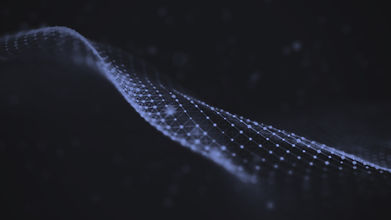
Our Mission
"A consultant that does not provide a solution to your specification is not the consultant for you"
At DMH-Digital, we believe that mastering technology is not the challenge. We believe that the most efficient way to achieve the skills needed for today's workforce starts with how the skills are taught and the technology that is used.

Our Story
DMH-Digital, Located in the city of Baltimore has provided high quality computer’ services to the public as well as the private sector for a number of years.
DMH-Digital was founded by David M.
Hinton. Building on the knowledge and techniques developed while employed as a computer applications specialist for the private industries and forty plus years developing content and teaching locally at various educational institutions
Mr. Hinton assembled a team of computer applications specialist to assist clients of the private and public sector by developing and enhancing their existing Computer systems to better serve their needs
The diverse portfolio of projects completed by DMH reflects the flexibility of this firm and the ability to
address a multitude of training related problems and needs of its numerous clients.
DMH-Digital offers services such as Computer»-Aided Drafting and Design support, Computer Animation and
Mixed, Virtual and Augmented Reality content development.
TRANSFERABLE SKILLS
In the world of computer graphics, there is a convergence of technologies, that were at one time taught separately. Vector-based files (such as CAD) could not exist in the same space with Raster-based files (such as Bitmaps).
A student was taught how to create and manipulate files for technical applications and another student was taught how to do the same using artistic design applications. Fast forward to today, there has been a need for students possessing both skill sets.
As new innovations in manufacturing, construction and design, the demand for such transferable skills has become evident.
A student that has honed their skills in 3D character design could use those same skills in up-and-coming fields such as 3D Medical Printing.
In 3D medical printing, a scan from an MRI or CAT scanner can be converted into a CAD format to be used as a foundation for the development of a patient specific prosthesis.
Let’s face it, the human body is not all right angles if any. So that student who is adept in free-form modeling would be a perfect candidate for such a job.
A student who has honed their skills in the design and planning of 3D buildings will be a prime candidate for the field of 3D printing in the Construction field.
A student in the Biomedical Repair Technician program could also take a course learning how to repair 3D printers making them even more marketable as more and more healthcare facilities adopt 3D printing technologies. Transferable skills must be recognized and promoted as a part of any STEM field.
D.M.Hinton